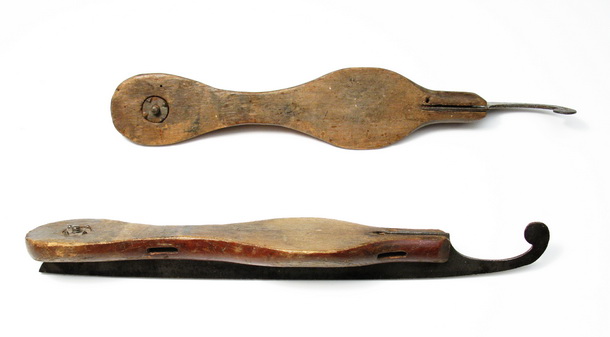
Fig.1: Dutch skates with safety curls, c.1880
The high rising curls
were unsafe because they could easily hook with sometimes dramatic
consequences. Therefore gradually the curls disappeared. But before they
vanished completely the industry offered ice skates with symbolic curls. It
is interesting to realize that this happened all over the skater's world at
about the same time. Good ideas have many fathers and thus this design
detail is named after men like Paulsen, Salchow and in the Netherlands
Wichers and De Salis.
The model marks the end of the blacksmith-made ice skates. The runner blades
no longer had been forged by man power but punched out of metal sheets. The curls
became as flat as a sheet of paper (details 1a and 2a). Thus, also the
connection between platforms and runner blades changed. The forged eyes had
been
replaced by bolts and mutters. The bolts have been fixed to the blades by means of
pins or slots (details 1b and 1c). A side effect is that the blades now
easily can be extended at the rear or even beyond the end of the platforms.
This made the ice skates not only safer, but faster as well.
Manufacturer: unknown; mark: none
Technical data:
total length: 35.5 cm; height over ice: 3.3 cm;
platforms: 28 cm long, 6 cm wide;
runner blades: 14 mm tall., 3,5 mm thick;
weight: 275 g
Fig.2: Dutch ice skates with curled blades,
c. 1900

Original solution providing for a design just in between two style periods.
Manufacturer: P. van Staveren Mz
Mark:

Technical data:
total length: 38.5 cm; height over ice 3.4 cm;
platforms: 31 cm long, 6.5 cm wide;
runner
blades: 15 mm tall, 3 mm thick;
weight: 300 g

detail 1a

detail 1b

detail 1c

detail 2
| to page 1
2
3
|
© 2002-12 The virtual Ice Skates
Museum. All rights reserved.
home |
sitemap |
copyright |
contact